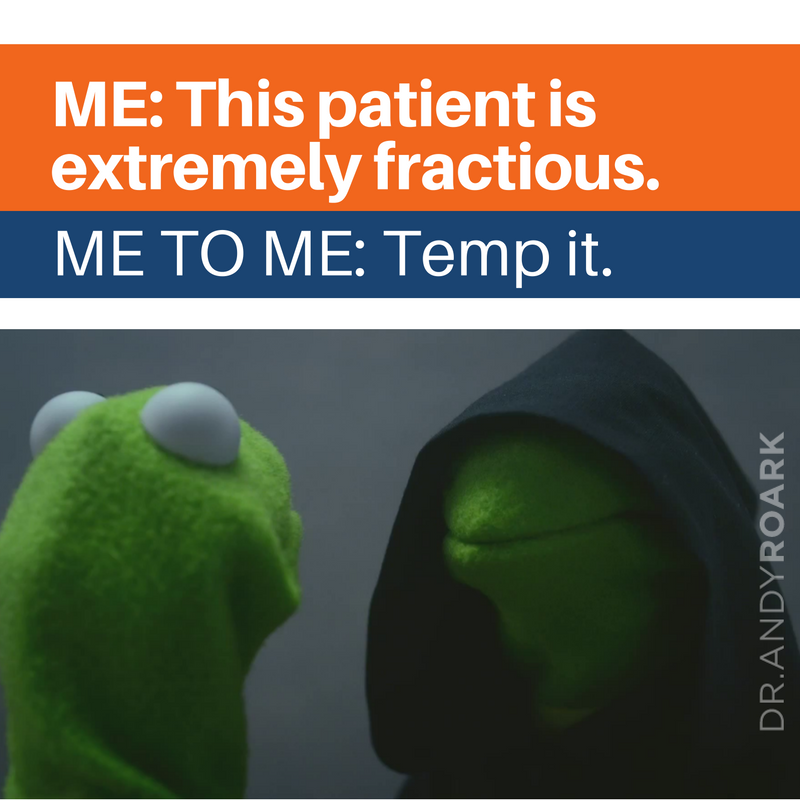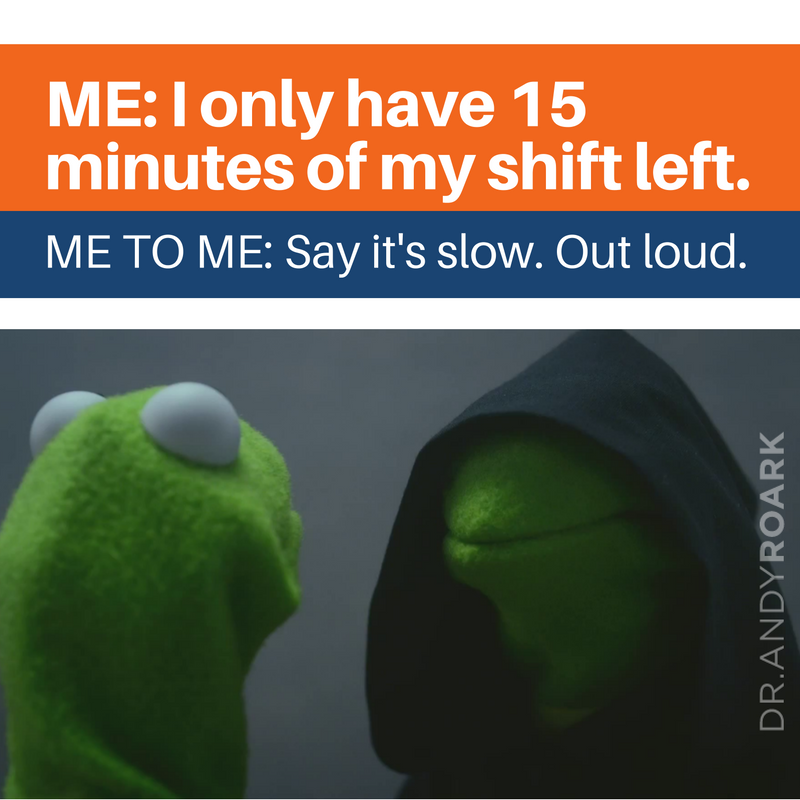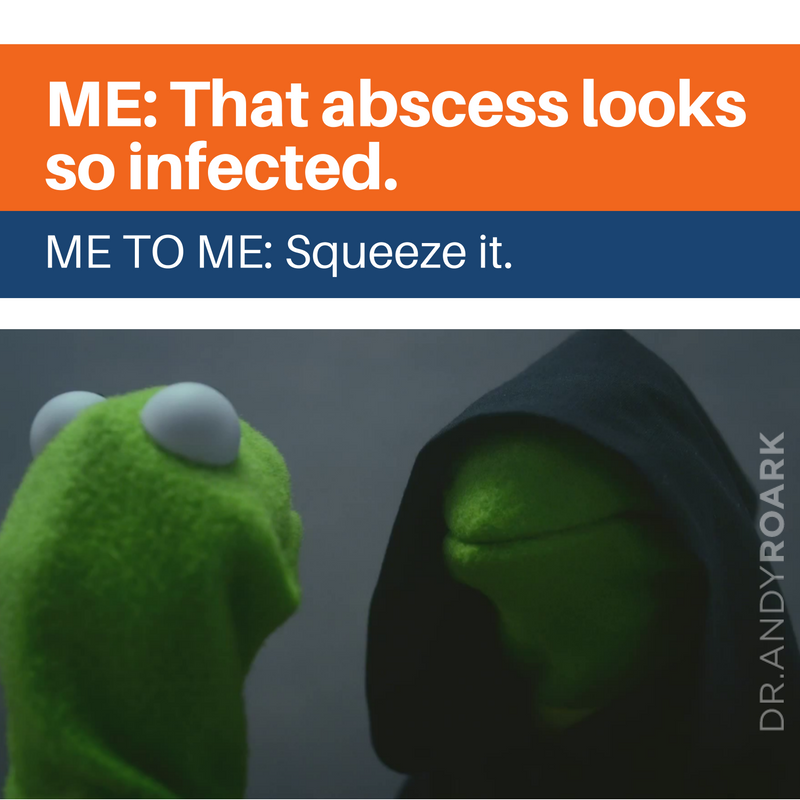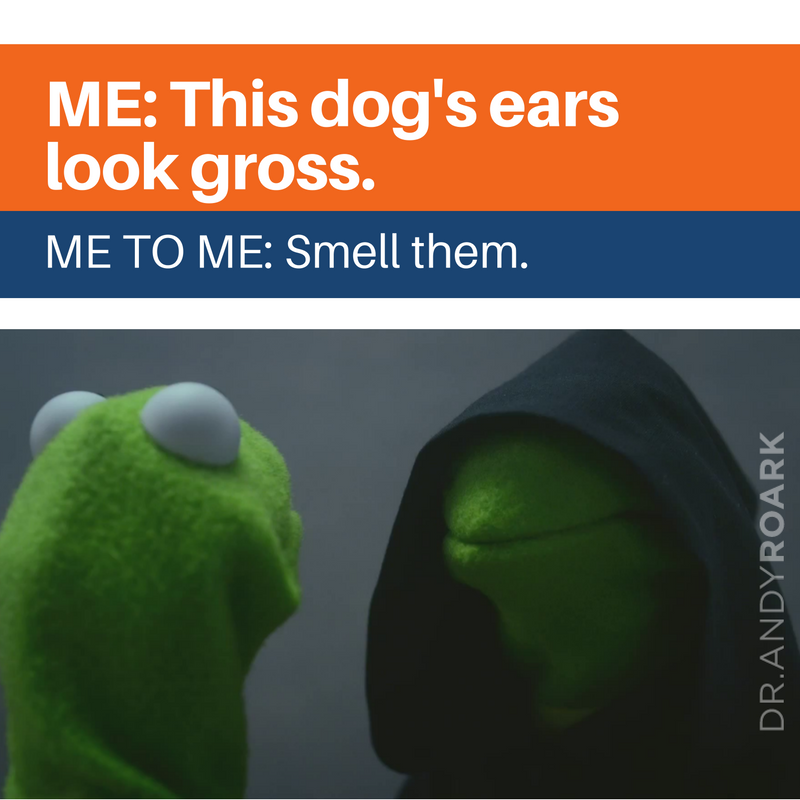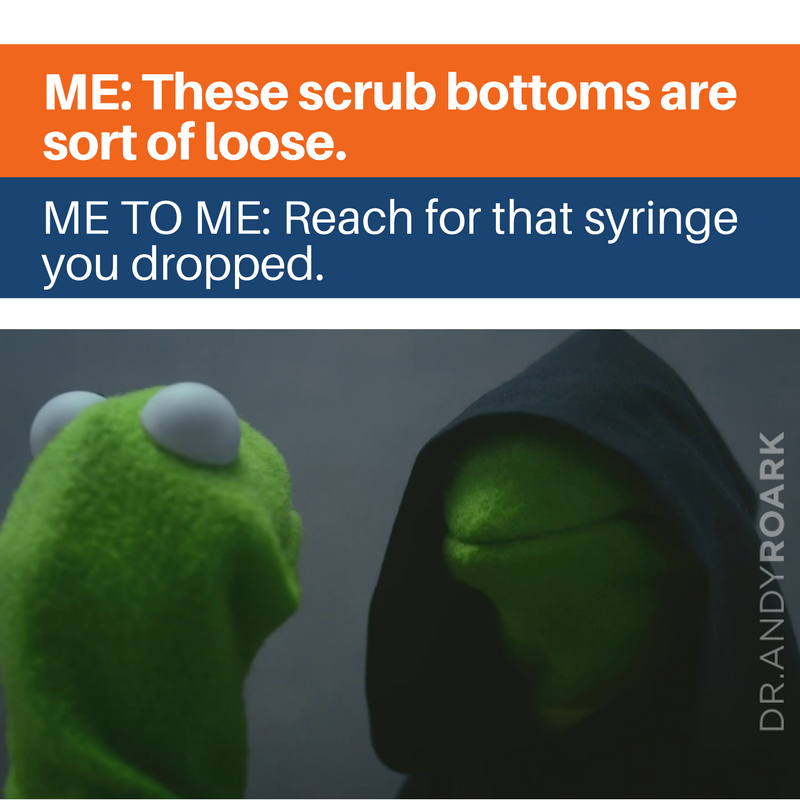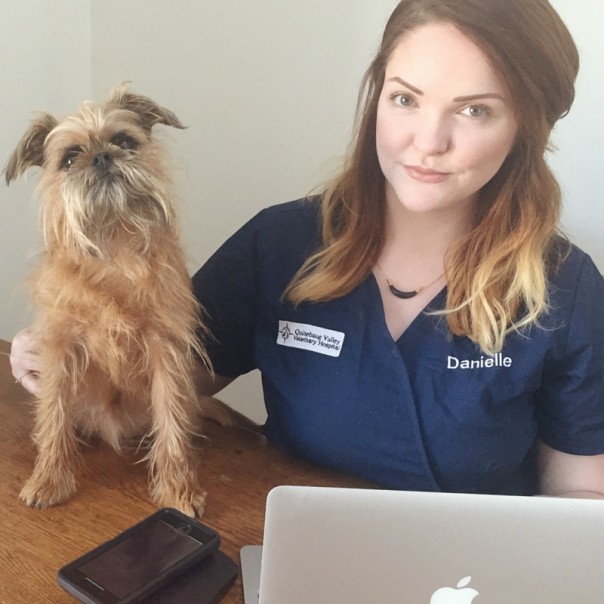Talking perfectly on the phone at work? Not realistic. Here are a few veterinary professionals that were willing to admit the blunders and – sometimes literal – hiccups they’ve experienced on the @DrAndyRoark Instagram.
1. When pets have human names…
Me: “Hi this is Tiarah calling from Alta Vista Animal Hospital. Is Chelsea available?”
Client: “Um yeah, but she can’t speak to you… because she’s our DOG.”
2. Oops. Who was I calling?
“Hello this is Dr K can I speak to Fluffy?” – @nkominek
3. The most adult of things to say.
I finished my conversation with the owner over the phone.. he said thanks for the help and I replied with “You’re welcome, night night.” 😑 – @xhollyleex
4. It’s natural.
I was leaving a message to see how “Fluffy” was doing. Mid-sentence I hiccup so loudly. Awesome. – @bvpeet
5. We all need support.
“Dunbar Animal Hospital. How may I hold you?” – @cait_lett_12
6. Some of us more than others…
I answered the phone one day and said, “This is Liz, how can you help me?” -@lizgannon11
Have you said something awkward?
Tell us in the comments below, and be sure to follow the @DrAndyRoark Instagram for your chance to be future on a future blog.
